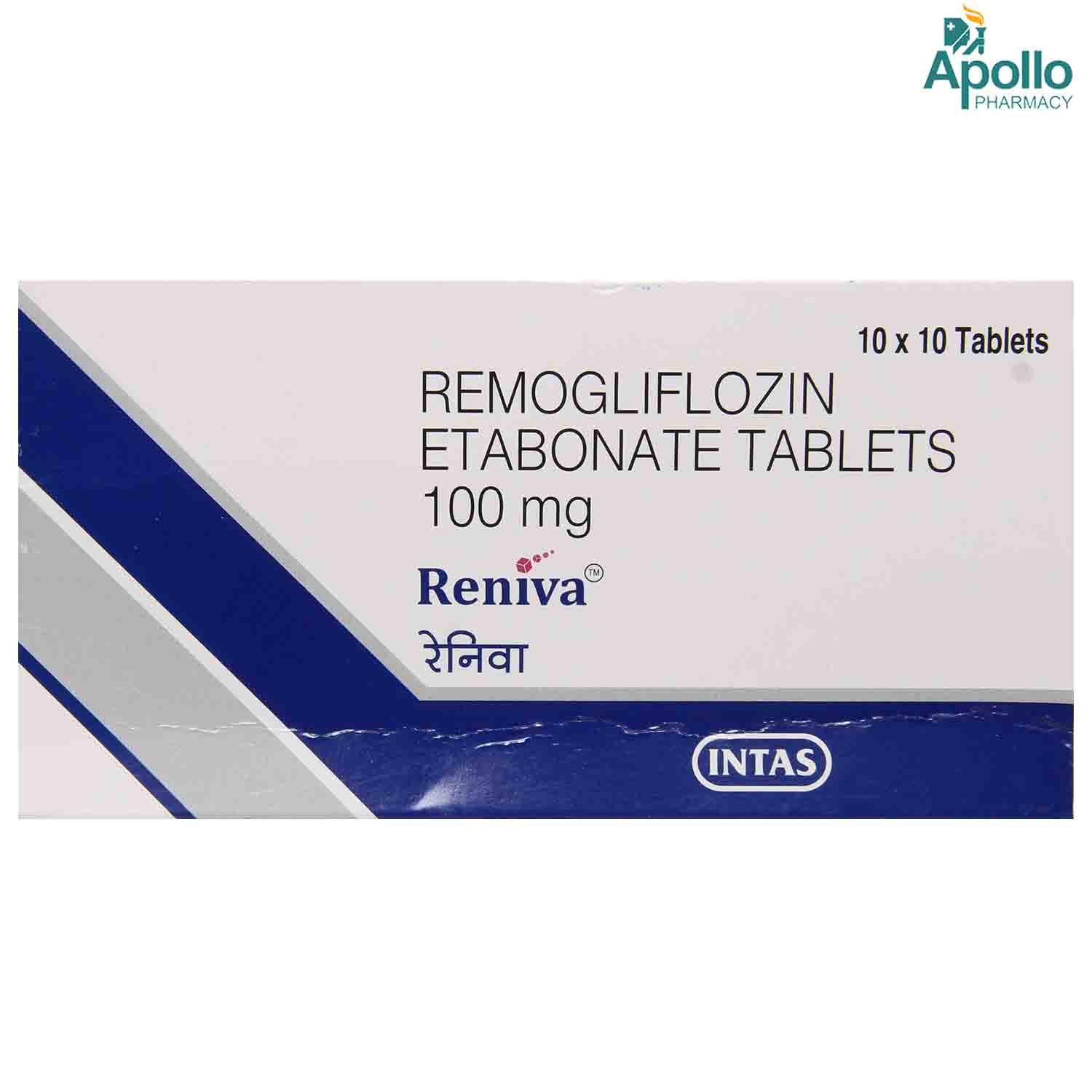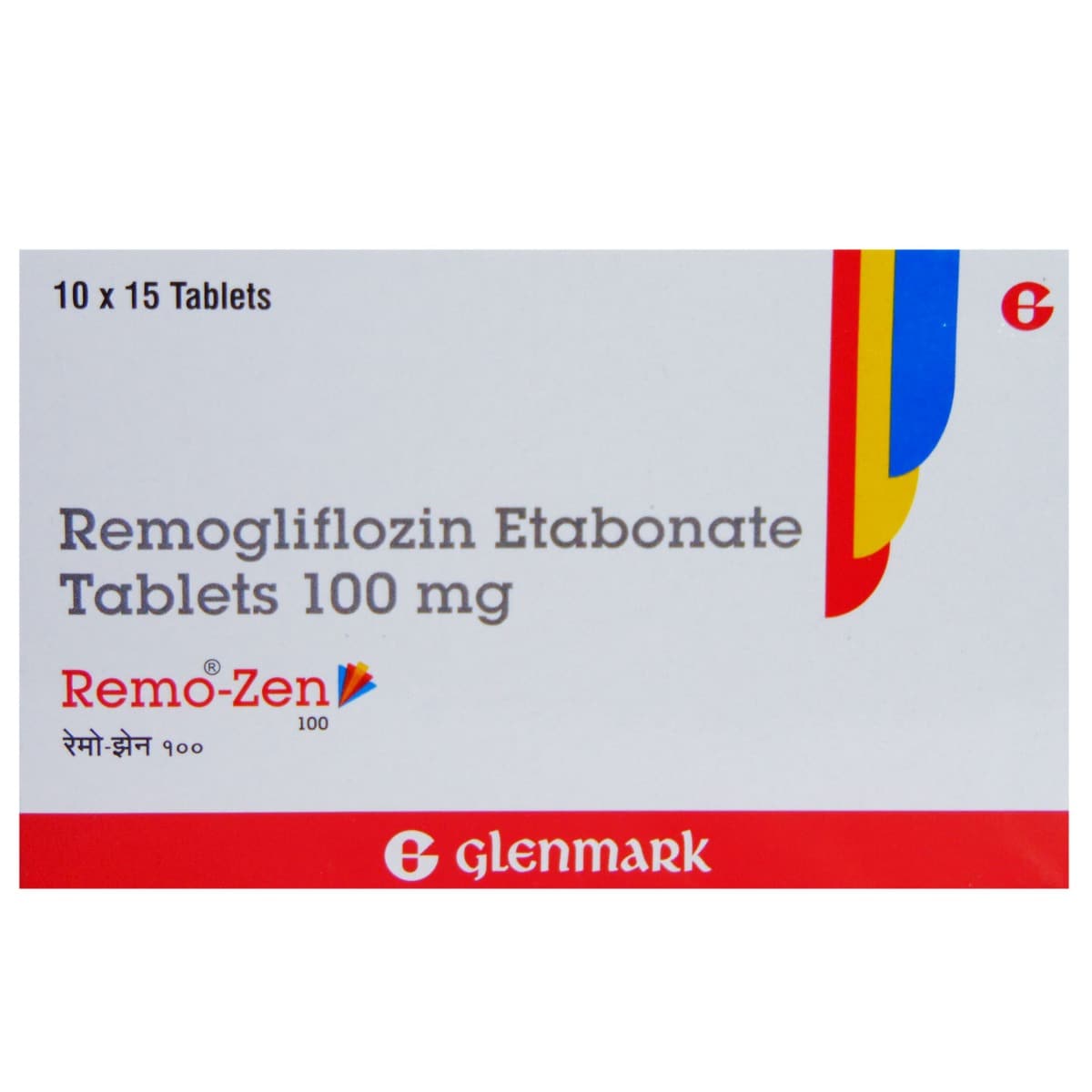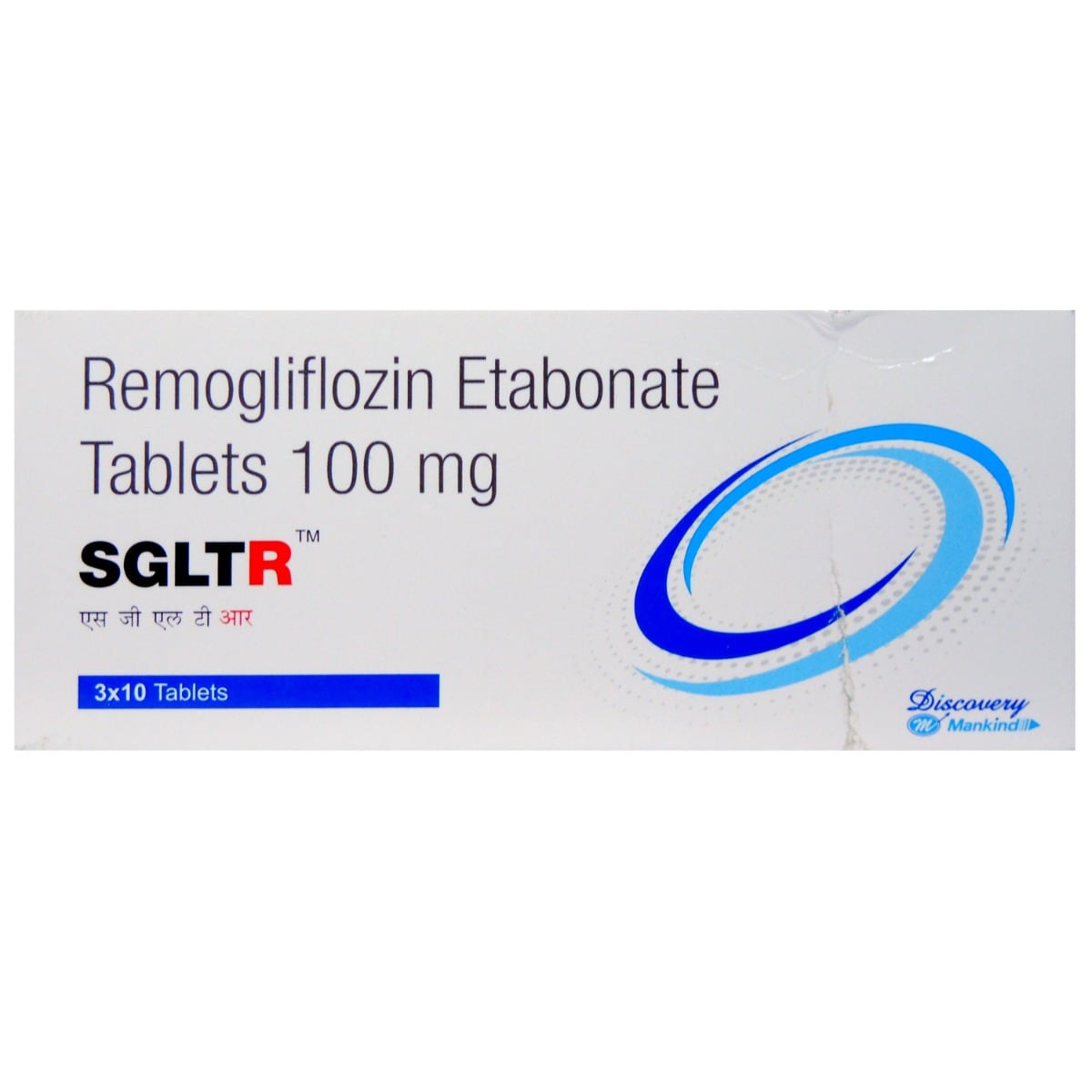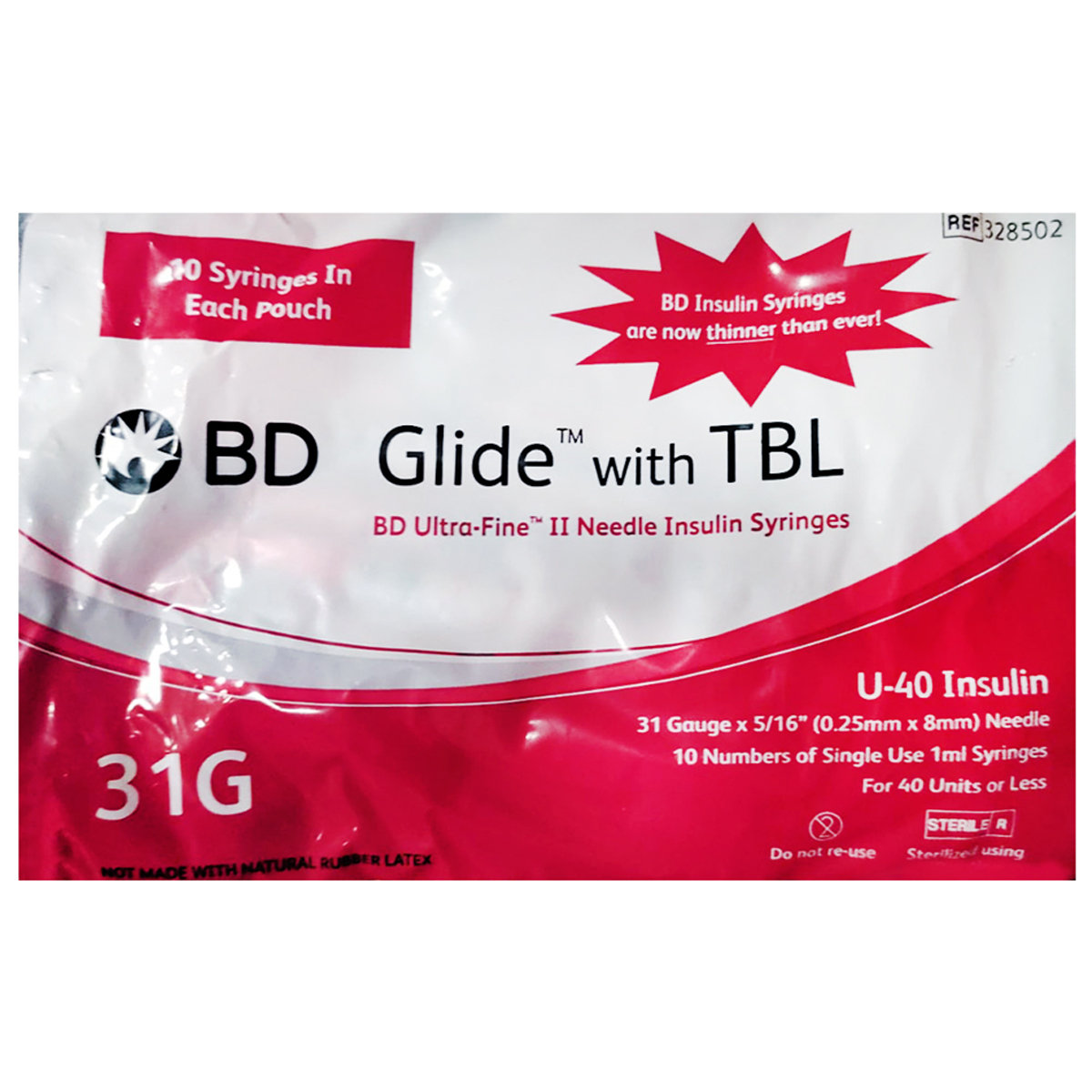Remo 100 Tablet
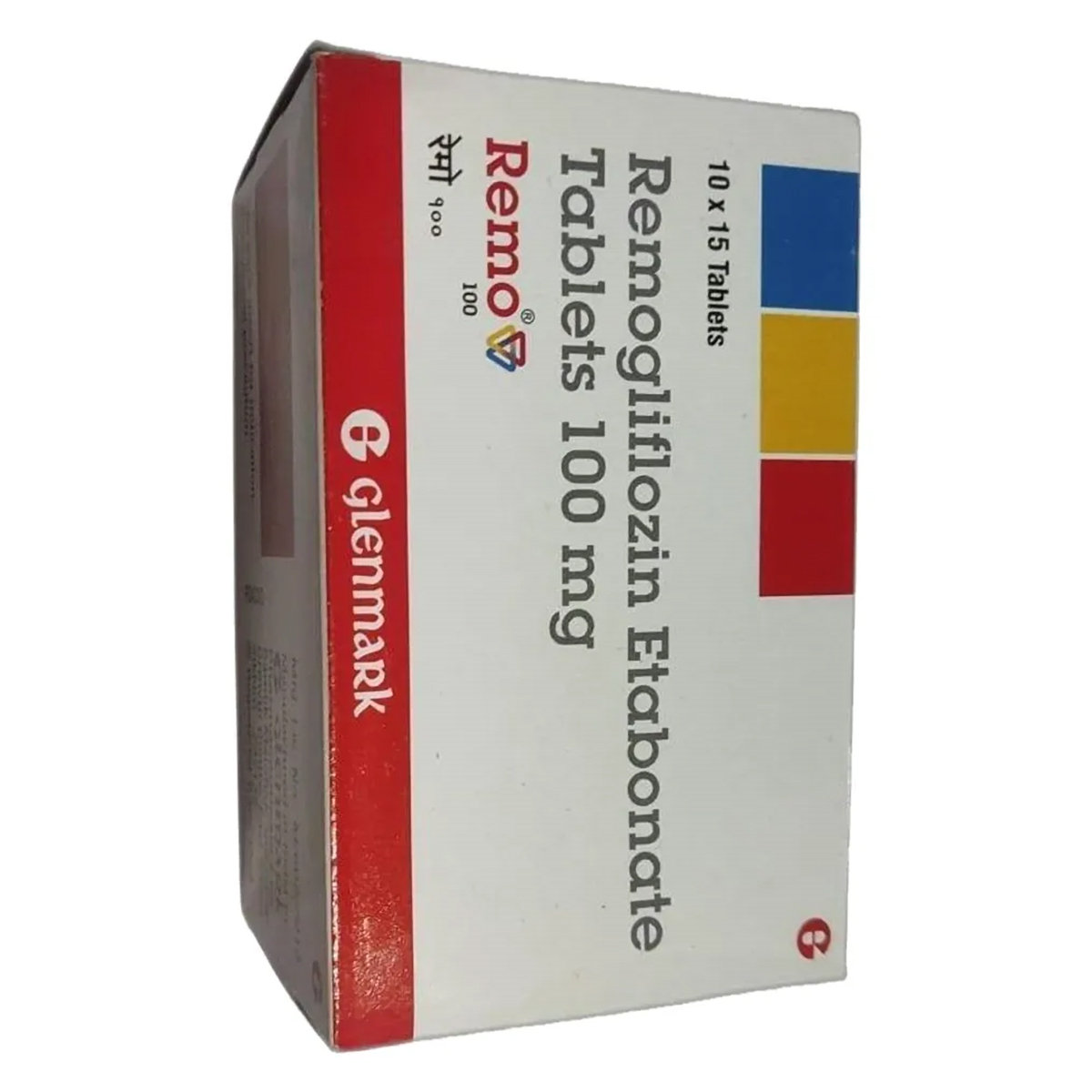


MRP ₹220
(Inclusive of all Taxes)
₹33.0 Cashback (15%)
know your delivery time
Provide Delivery Location
Composition :
Manufacturer/Marketer :
Consume Type :
Expires on or after :
Return Policy :
Selected Pack Size:15
15 ₹198
(₹13.2 per unit)
In Stock
10 ₹128.7
(₹12.87 per unit)
Out of stock

Secure Payment

Trusted by 8 Crore Indians

Genuine Products
Therapeutic Class
Country of origin
Manufacturer/Marketer address
Author Details
We provide you with authentic, trustworthy and relevant information
Disclaimer
Alcohol
Safe if prescribed
It is advised to avoid alcohol intake since it may worsen the risk of developing low blood sugar levels.
Pregnancy
Consult your doctor
Gliflozins are usually not recommended during the second or third trimester of pregnancy. Your doctor may suggest other medications to control your blood sugar levels. Please consult your doctor before starting Remo 100 Tablet if you are pregnant or planning to conceive.
Breast Feeding
Consult your doctor
There is limited information on how Remo 100 Tablet affects breastfeeding. Please seek medical advice for further information.
Driving
Safe if prescribed
Your driving ability may be affected if your blood sugar levels are too high or too low. Do not drive or operate machinery if you also experience blurred vision, dizziness or drowsiness due to extremely low or high blood sugar.
Liver
Consult your doctor
Let your doctor know if you have any history of liver diseases or hepatic impairment when prescribed Remo 100 Tablet . Your doctor will prescribe Remo 100 Tablet only if the benefit outweighs the risk.
Kidney
Consult your doctor
Let your doctor know if you have any history of kidney diseases when you are prescribed Remo 100 Tablet . Your doctor will prescribe Remo 100 Tablet only if the benefit outweighs the risk.
Children
Safe if prescribed
Your child’s doctor will decide whether to give Remo 100 Tablet to children or not.
Product Substitutes
About Remo 100 Tablet
Remo 100 Tablet belongs to the class of antidiabetic drugs, primarily used to treat type 2 diabetes mellitus and non-alcoholic steatohepatitis (non-alcoholic fatty liver disease). Diabetes mellitus is a metabolic disease that causes high blood sugar levels. It occurs when the insulin (a hormone produced by the beta cells of the pancreas) is resistant in breaking the glucose to produce energy (insulin resistance) or the pancreas (an organ behind the stomach) produce little or no insulin at all. Remo 100 Tablet is not indicated for use in type 1 diabetes.
Remo 100 Tablet contains Remogliflozin Etabonate. It belongs to the class of gliflozins. It is a sodium-glucose transporter 2 inhibitor and works by reducing blood sugar levels by eliminating excess sugars from the body through urine. Thus, it helps improve the glycaemic control (control of glucose levels) in patients. Remo 100 Tablet also lowers the risk of heart failure in type 2 diabetic patients with heart diseases.
Take Remo 100 Tablet as advised by your doctor. Some common side effects of Remo 100 Tablet include nausea, frequent urge to urinate, low blood sugar levels, fungal infection in the genital area, and increased thirst. These side effects are not familiar to everyone and vary individually. If you notice any side effects that are not manageable, please consult your doctor.
Remo 100 Tablet may cause hypoglycaemia (low blood sugar); hence it advised to take healthy food with enough calories and avoid heavy exercises. Do not take or stop this medicine if the doctor did not advise you to do so. Before starting Remo 100 Tablet , let your doctor know if you have any medical history of heart, kidney or liver diseases, breathing problems, blood disorders, dehydration, alcohol use, low blood pressure, and yeast infection of genitals. It is advised to avoid your alcohol intake while using Remo 100 Tablet . Remo 100 Tablet should be used only when prescribed by a doctor if you are pregnant or breastfeeding.
Uses of Remo 100 Tablet
Medicinal Benefits Mweb
Key Benefits
Remo 100 Tablet treats type 2 diabetes mellitus and contains Remogliflozin Etabonate. It works by reducing blood sugar levels by eliminating excess sugars from the body through urine. Remo 100 Tablet also reduces the risk of heart failure in patients with type 2 diabetes and heart disease. Remo 100 Tablet may be advised with or without other medications along with diet and exercise to control blood sugar levels.
Directions for Use
Side Effects of Remo 100 Tablet
- Nausea
- Frequent urge to urinate
- Low blood sugar levels
- Fungal infection in the genital area
- Increased thirst
Drug Warnings
Inform your doctor if you take other antidiabetic drugs to adjust the dosage of Remo 100 Tablet accordingly. Do not abruptly stop taking Remo 100 Tablet midway if the doctor did not advise you. Remo 100 Tablet may cause hypoglycaemia (low blood sugar); hence it is advised to take healthy food with enough calories and avoid heavy exercises. Brief your medical history to doctor if you have any heart, kidney or liver diseases, breathing problems (asthma, obstructive lung diseases), blood problems like anaemia (lack of blood cells), vitamin B12 deficiency, pancreas problems/surgery, dehydration, alcohol use, low blood pressure, and genital yeast infection before taking Remo 100 Tablet . Remo 100 Tablet should be used only when prescribed by a doctor if you are pregnant or breastfeeding. Your doctor may advise alternate medications to control your diabetic condition in such cases.
Drug-Drug Interactions
Drug-Drug Interactions
Login/Sign Up
Drug-Food Interactions
Drug-Food Interactions
Login/Sign Up
Drug-Diseases Interactions
Drug-Diseases Interactions
Login/Sign Up
Drug-Drug Interactions Checker List
- FLUCONAZOLE
- SILDENAFIL
- GLIMEPIRIDE
- PREGABALIN
Habit Forming
Special Advise
- It is advised to monitor your blood sugar levels regularly.
- Regular monitoring of kidney functioning is advised while using Remo 100 Tablet .
Diet & Lifestyle Advise
- Include Vitamin B1-rich foods like beans, legumes, dairy products (such as yoghurt), eggs, meat, poultry, fish, nuts, seeds, thiamine-enriched breakfast cereals, and whole grains in your diet
- Maintain a fibre-rich diet and include healthy carbohydrates from fruits, vegetables and whole grains to maintain your blood glucose levels.
- Eat at regular intervals.
- Keep a check on your weight and exercise regularly to keep your heart healthy.
- Your doctor also guides you on noticing and managing the early symptoms of high/low blood sugar levels.
- Gastrointestinal side effects can be managed with simple modifications in your lifestyle. These include cutting down on sugars and fatty foods, and avoiding carbonated drinks and foods that cause gas.
All Substitutes & Brand Comparisons
RX
Reniva 100 Tablet 10's
Intas Pharmaceuticals Ltd
₹128
(₹11.52 per unit)
12% CHEAPERRX
Out of StockRefozid 100mg Tablet
₹133
(₹11.97 per unit)
9% CHEAPERRX
Out of StockRemo 100 mg Tablet 10's
Glenmark Pharmaceuticals Ltd
₹143
(₹12.87 per unit)
2% CHEAPER

Have a query?
Buy best Diabetics products by
Torrent Pharmaceuticals Ltd
Sun Pharmaceutical Industries Ltd
Eris Life Sciences Ltd
Intas Pharmaceuticals Ltd
Lupin Ltd
Micro Labs Ltd
Mankind Pharma Pvt Ltd
Lloyd Healthcare Pvt Ltd
Alkem Laboratories Ltd
Abbott India Ltd
Glenmark Pharmaceuticals Ltd
Cipla Ltd
Macleods Pharmaceuticals Ltd
Wockhardt Ltd
Dr Reddy's Laboratories Ltd
Primus Remedies Pvt Ltd
USV Pvt Ltd
Aristo Pharmaceuticals Pvt Ltd
Emcure Pharmaceuticals Ltd
Alembic Pharmaceuticals Ltd
Ipca Laboratories Ltd
La Renon Healthcare Pvt Ltd
Ajanta Pharma Ltd
Medley Pharmaceuticals Ltd
East West Pharma India Pvt Ltd
Elbrit Life Sciences Pvt Ltd
Corona Remedies Pvt Ltd
Hbc Life Sciences Pvt Ltd
Sinsan Pharmaceuticals Pvt Ltd
Ranmarc Labs
Mitoch Pharma Pvt Ltd
Zydus Healthcare Ltd
Sanofi India Ltd
Akumentis Healthcare Ltd
Fusion Health Care Pvt Ltd
Unison Pharmaceuticals Pvt Ltd
Jubilant Lifesciences Ltd
Novo Nordisk India Pvt Ltd
Tas Med India Pvt Ltd
Blue Cross Laboratories Pvt Ltd
Msn Laboratories Pvt Ltd
Eswar Therapeutics Pvt Ltd
Indoco Remedies Ltd
Q Check Pharmaceuticals
Alteus Biogenics Pvt Ltd
Anthem Bio Pharma
Franco Indian Pharmaceuticals Pvt Ltd
Systopic Laboratories Pvt Ltd
Panacea Biotec Ltd
Zydus Cadila
Biocon Ltd
Edoc Life Sciences Pvt Ltd
Koye Pharmaceuticals Pvt Ltd
Arkas Pharma Pvt Ltd
Diacardus Pharmacy Pvt Ltd
Elinor Pharmaceuticals (P) Ltd
Remedy Life Sciences Pvt Ltd
Saan Labs
Talent India Pvt Ltd
Jarun Pharmaceuticals Pvt Ltd
Capital Pharma
Shrrishti Health Care Products Pvt Ltd
FDC Ltd
Leeford Healthcare Ltd
Nirvana India Pvt Ltd
Elder Pharmaceuticals Ltd
Eli Lilly and Company (India) Pvt Ltd
Glynis Pharmaceuticals Pvt Ltd
Zuventus Healthcare Ltd
Arrient Healthcare Pvt Ltd
Cadomed Pharmaceuticals India Pvt Ltd
Orris Pharmaceuticals
Akesiss Pharma Pvt Ltd
Bal Pharma Ltd
Biochem Pharmaceutical Industries Ltd
Knoll Healthcare Pvt Ltd
Lippon Pharma Pvt Ltd
Morepen Laboratories Ltd
Neucure Lifesciences Pvt Ltd
Opsis Care Lifesciences Pvt Ltd
Wallace Pharmaceuticals Pvt Ltd
Acmedix Pharma Llp
Converge Biotech Pvt Ltd
Erinyle Pharma
Indiabulls Pharmaceuticals Pvt Ltd
Ozone Pharmaceuticals Ltd
Retra Life Science Pvt Ltd
Alvio Pharmaceuticals Pvt Ltd
Geneaid Pharmaceuticals
Heal (India) Laboratories Pvt Ltd
Olcare Laboratories Pvt Ltd
Vasu Organics Pvt Ltd
Kotak Life Sciences
Lakshya Life Sciences Pvt Ltd
Proqol Health Care Pvt Ltd
Sanz Pharmaceuticals
Daylon healthcare pvt Ltd
Mcronus Lifescience Pvt Ltd
Natco Pharma Ltd
Orsim Pharma
Customers Also Bought
Recommended for a 30-day course: 2 Strips


